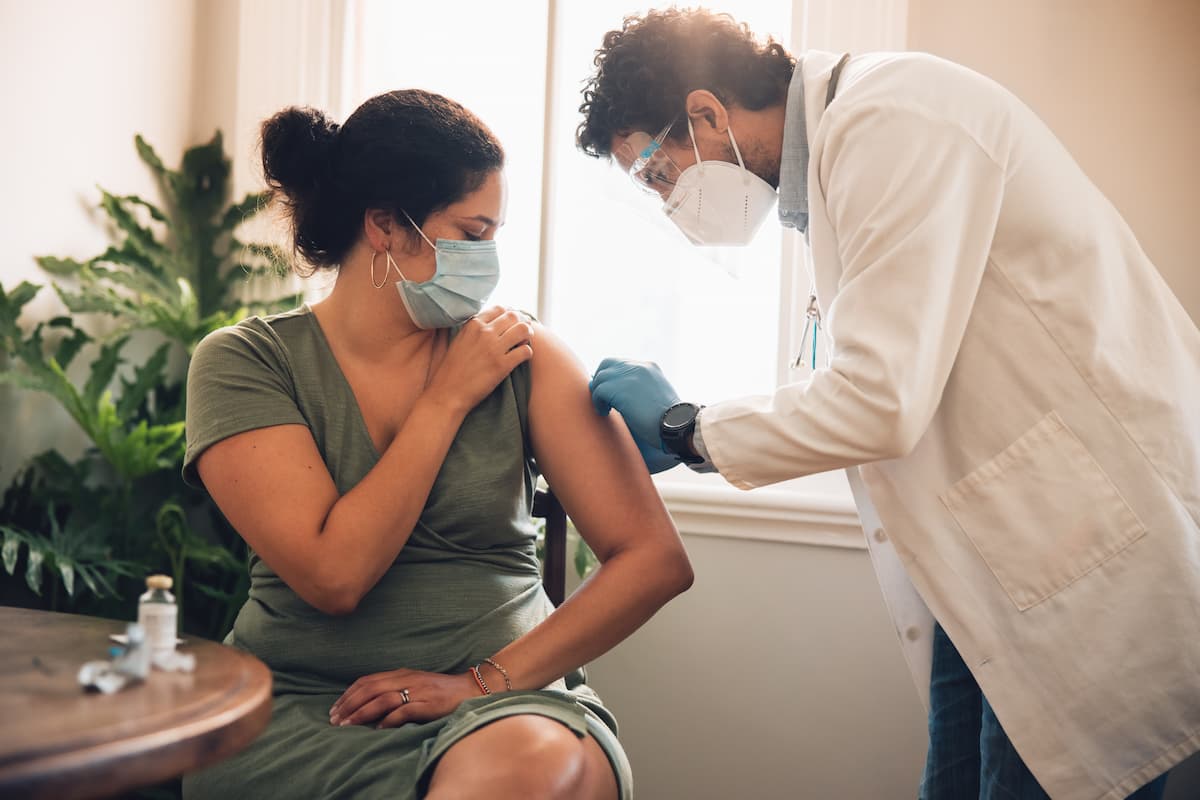Article
Spending for Americans in Employer-Sponsored Health Plans Continues to Rise
Author(s):
Per capita health spending for 160 million Americans in employer-sponsored health plans grew by 4.4% in 2018, marking the third consecutive year of growth above 4%.
An annual spending report from the Health Care Cost Institute (HCCI) has found that per capita health spending for the 160 million Americans in employer-sponsored health plans grew by 4.4% in 2018, marking the third consecutive year of growth above 4%.1
The report presents data on health care spending, utilization, and average drug prices between 2014 and 2018 for individuals under 65 years of age who receive health insurance coverage through an employer. Between 2014 and 2018, total annual spending per-person increased 18.4%, from $4978 to $5892, according to the report.1
Per-person spending on prescription drugs accounted for $1118 of the $5892; however, prescription drug spending reflects negotiated discounts from wholesale or list prices and does not include manufacturer rebates provided through separate transactions, the report noted. Utilization of prescription drugs grew just 1.1% in 2018, with prescription drug pricing experiencing a slight rebound, increasing 3.6% in 2018 after 1.4% growth in 2017.
As a pharmacist, your insight has a direct effect on patient outcomes. Help drive medicine forward with your opinions. Participate in a quick survey of OTC products for a chance to win a $1,000 Visa gift card. Vote now by clicking here: https://hraresearchnetwork.com/wix/p6499706.aspx?hPTsource=5
Medical price growth slowed to 2.6% in 2018 but still accounted for most of the total spending increase. The effect of the increase in utilization on total spending was higher than a similar increase would have been earlier in the period because price levels grew steadily over the preceding 4 years.2 Additionally, higher prices accounted for nearly three-quarters of spending growth between 2014 and 2018, and increased utilization accounted for 21%.
Outpatient and professional services had the largest increases in spending per person in 2018. The increase in per-person spending on facility payments for outpatient visits and procedures was $87 in 2018, the largest annual increase between 2014 and 2018 for this category.2
Out-of-pocket (OOP) spending, including deductibles, co-payments, and co-insurance, grew year-over-year each year between 2014 and 2018, with a cumulative increase over the 5-year period at 14.5%, or $114. This inflation, although rapid, was lower than the cumulative growth in total spending.
In an interview with Modern Healthcare, Niall Brennan, CEO of HCCI, said that no one should view growth rates—such as a 4% increase in overall health care spending—as a representation of a moderate increase.2
“I don’t think 18% over five years is moderate. The average American hasn’t that big an increase in their take-home pay. This is the third consecutive year of growth in excess of 4%. You put those years together and you quickly end up with significant increases in cost,” Brennan said to Modern Healthcare.2
The HCCI report reiterates previous information from the CMS Office of Actuary, which released a report in early December 2019. The report demonstrated that total national health care spending in 2018 grew 4.6%, a trend that was slower than the 5.4% overall economic growth.2,3
According to the report, private health insurance, Medicare, and Medicaid experienced faster growth in 2018, attributed in part by the reinstatement of the tax that was applied to private health insurance, Medicare Advantage, and Medicaid Managed care plans.3
“I believe public awareness and the efforts of self-insured employers are putting a brake on the fast-increasing price trend,” Ge Bai, associate professor of health policy at Johns Hopkins University studying health care pricing, said to Modern Healthcare.2 “The US is the Mount Everest of pricing around the world. But what we’re seeing is a tiny bit of hope.”
Narrow network plans and more aggressive payer negotiating tactics with providers, as well as political pressures, are factors contributing to a more moderate pricing trend, according to Bai. She also noted that the HCCI’s aggregate numbers mask the disproportionate cost impact on people in employer-sponsored plans who need a lot of medical care.2
Because most Americans have job-based health insurance, these data are critical for understanding overall health costs in the United States. Claims data are the most comprehensive source of real-world evidence available to researchers as databases collect information on millions of doctors’ visits, health care providers, prescriptions, and payments by insurers and patients, giving researchers large sample sizes.4
Reference
- 2018 Health Care Cost and Utilization Report. Health Care Cost Institute. Published February 2020. https://healthcostinstitute.org/images/pdfs/HCCI_2018_Health_Care_Cost_and_Utilization_Report.pdf. Accessed February 17, 2020.
- Meyer, Harris. Employer Health Plan Spending Jumped 4.4% in 2018. Modern Healthcare. Published February 13, 2020. https://www.modernhealthcare.com/insurance/employer-health-plan-spending-jumped-44-2018. Accessed February 17, 2020.
- CMS Office of the Actuary Releases 2018 National Health Expenditures [news release]. CMS website. Published December 5, 2019. https://www.cms.gov/newsroom/press-releases/cms-office-actuary-releases-2018-national-health-expenditures. Accessed February 17, 2020.
- Healthcare spending is higher over 5 years, mostly due to a rise in prices, says new report. Healthcare Finance. Published February 14, 2020. https://www.healthcarefinancenews.com/node/139806. Accessed February 17, 2020.
Newsletter
Stay informed on drug updates, treatment guidelines, and pharmacy practice trends—subscribe to Pharmacy Times for weekly clinical insights.

FDA Grants Full Approval to mRNA-1273 COVID-19 Vaccine in Children At Increased Risk




